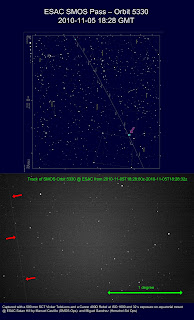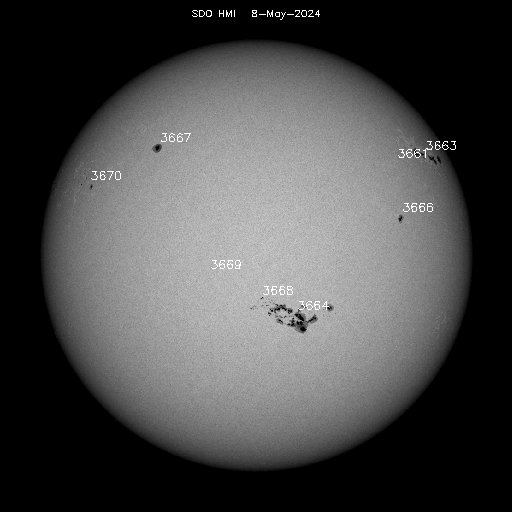Todos estabamos deseando volver a hacer un Star Party, para poder disfrutar de una noche de observación con los demás miembros del Club y con los amigos, y además poder estrenar el nuevo telescopio del Club. Y por fín lo hemos podido hacer.
El pasado viernes 15 de octubre, con una asistencia entre 200 y 300 personas, celebramos un nuevo Star Party en ESAC. Además de casi todos los miembros del Club, participaron muchos compañeros de ESAC, con sus hijos, familiares y amigos. También acudieron muchos amigos de asociaciones de astrónomos amateurs de la zona de Madrid a través de la llamada de algunos miembros del Club.
Tuvimos un cielo limpio de nubes aunque la temperatura bajó bastante. La Luna estaba en cuarto creciente, lo cual hizo difícil la observación de algunos de los objetos débiles pero resultó ser un gran atractivo para las personas que se “estrenaban” en la observación. Es indudable que la magia del “terminador” y las largas sombras de las montañas Lunares son un gran atractivo para los que se acercan por primera vez a un telescopio.
Muchos participantes trajeron sus telescopios, con lo que batimos todos los records en número, tamaño y calidad de los mismos: el magnífico Dobsoniano "Obsession" de 63,5 cm de Leo Metcalfe, otro Dobsoniano de 40 cm de Fernando y Leo, dos magníficos Celestron EdgeHD de 27,9 cm de Carlos Anaya y de Patricio, el Celestron EdgeHD de 23,5 cm del Club y otro similar que aportó Carmen Morales por el Laeff, el Meade de 20 cm de Eugenio Salguero felizmente recuperado, dos Newtonianos, el de 20 cm de Michel Breitfellner y el de 15 cm de Migeul Sánchez, la maravilla de Takahashi de 9 cm de Eduardo y Paloma, el Newton de 7 cm de Miguel Pérez, los ETX-70 de Ricardo Pérez y Roberto Prieto, etc.

Participantes montando los telescopios
A lo largo de las casi cuatro horas, todos pudimos ver la Luna, Júpiter y sus satélites, Urano, Neptuno, Mizar y Alcor, Epsilon Lyra (doble doble), el cúmulo globular de Hércules (M13), las Pléyades, la galaxia de Andrómeda (M31), la nebulosa anular de Lyra (M57), la nebulosa Dumbbell (M27), y otros objetos. El gran Dobsoniano de Leo nos siguió deleitando con su extraordinaria luminosidad a pesar de que el ordenador de guiado se había quedado sin baterías. Pero la pericia de Leo permitió que la larga cola de niños y adultos que querían pasar por el telescopio, no resultasen defraudados. Tambien Carlos y Patricio nos ofrecieron magníficas imágenes de Júpiter y la Nebulosa Dumbbell, mediante filtros de color y un estupendo binocular.

Sesión de observación
Antes de acceder a la observación en la colina de la antena Satán de IUE, nuestro sitio favorito y tradicional de observación, el Club ofreció tres presentaciones: Luis Sanchez nos habló brevemente de lo que hacemos en ESAC, qué proyectos y qué actividades desarrolla la ESA en este centro; Miguel Sánchez nos explicó muy breve y rigurosamente qué es un telescopio y qué tipos podemos encontrar tanto para uso por los aficionados como en los instrumentos profesionales; y Eduardo Ojero nos dio una rápida visión de los objetos que podiamos observar en esa noche, desde estrellas dobles, pasando por planetas, galaxias, nebulosas, etc.

Sala de actos durante las presentaciones
No exageramos al valorar este evento como un éxito rotundo no solo de público y telescopios, sino tambien por la satisfacción de pasar una noche muy agradable disfrutando del cielo en compañia de nuestros amigos y familiares.

Participantes desmontando los equipos hasta altas horas de la madrugada
Una colección completa de las imágenes del Star Party la podeis encontrar aqui.
 The Ring Nebula (M57)
The Ring Nebula (M57)























